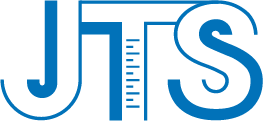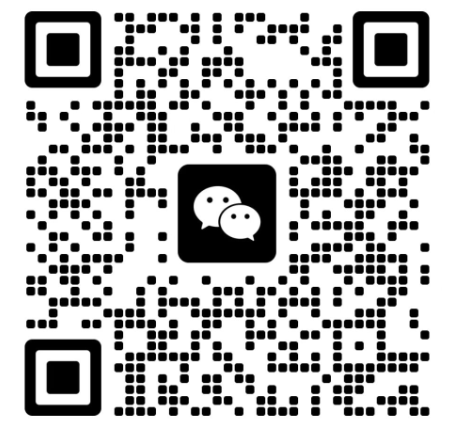Textile and footwear testingProduct
Your Location:Home > Textile and footwear testingGB 18401-2010 "National General Safety Technical Code for Textile Products" is a mandatory national standard in China. It specifies the most fundamental safety technical requirements for textile products, aiming to protect consumer health and safety. The standard came into effect on August 1, 2011, replacing the previous GB 18401-2003. It applies to apparel, decorative, and household textile products produced or sold within China.
The standard classifies textile products into three main categories, primarily based on the product's end use and the degree of skin contact:
| Category | Description | Examples |
| Class A: Infant Textile Products | Textile products worn or used by infants aged 36 months and below. | Diapers, underwear, bibs, pajamas, socks, gloves, etc. |
| Class B: Textile Products in Direct Contact with Skin | Textile products where most of the area comes into direct contact with the skin during wear or use. | Bras, vests, shorts, shirts, trousers, skirts, bed sheets, duvet covers, towels, etc. |
| Class C: Textile Products Not in Direct Contact with Skin | Textile products that do not come into direct contact with the skin during wear or use, or only a small area does. | Outerwear, curtains, wall coverings, carpets, sofa covers, etc. |
Note:Products requiring further processing by the user (e.g., fabrics, yarn) should be classified according to their final intended use.
The standard's basic safety technical requirements for textile products mainly include the following items, with different limit indicators for Classes A, B, and C:
| Test Item | Class A | Class B | Class C | Special Notes |
| Formaldehyde Content (mg/kg) ≤ | 20 | 75 | 300 | Strictest for infants due to their delicate skin. |
| pH Value | 4.0~7.5 | 4.0~8.5 | 4.0~9.0 | Can be relaxed to 4.0~10.5 for non-final products requiring wet processing. |
| Water (Color change, Staining) | 3-4 | 3 | 3 | Not required for non-final products requiring washing/bleaching, nor for natural/bleached products; not required for traditional hand-dyed products (e.g., tie-dye, batik). |
| Acid Perspiration (Color change, Staining) | 3-4 | 3 | 3 | Not assessed for hanging decorative products like curtains. |
| Alkaline Perspiration(Color change, Staining) | 3-4 | 3 | 3 | / |
| Dry Rubbing | 4 | 3 | 3 | / |
| Saliva (Color change, Staining) | 4 | / | / | Only assessed for infant textile products. |
| Odor | / | Free of | / | Must be free of musty, high boiling point petroleum (e.g., gasoline, kerosene), fishy, or aromatic hydrocarbon odors. |
| Decomposable Carcinogenic Aromatic Amines (mg/kg) | / | Banned (≤20) | / | 24 types; limit is ≤20 mg/kg. "4-Aminoazobenzene" was added to the list. "Banned" means none should be detected, but considering method detection limits and uncertainty, the standard sets a ≤20 mg/kg limit; exceeding this limit is non-compliant. |
"Banned" means that the substance should not be detectable. However, considering the detection limits and uncertainty of analytical methods, the standard sets a limit of ≤20 mg/kg. Exceeding this limit value shall be deemed non-compliant.
1.Formaldehyde Content: According to GB/T 2912.1.
2.pH Value: According to GB/T 7573.
3.Color Fastness:
•Water: According to GB/T 5713.
•Perspiration: According to GB/T 3922.
•Dry Rubbing: According to GB/T 3920.
•Saliva: According to GB/T 18886 (only for infant textile products).
4.Odor: Olfactory method, judged by trained professionals. Samples are tested immediately after unsealing. If musty, petroleum, fishy, or aromatic hydrocarbon odors are detected, the sample is judged as having an "odor".
5.Decomposable Carcinogenic Aromatic Amines: According to GB/T 17592 and GB/T 23344. Typically, test first with GB/T 17592; if aniline and/or 1,4-phenylenediamine are detected, then test with GB/T 23344.
Appendix A lists textile products not within the scope of this standard, for example:1.Engineering textiles (e.g., geotextiles, base fabrics for waterproof membranes).
2.Industrial textiles (e.g., papermaker felts, cord fabrics, filter fabrics, insulating textiles).
3.Special protective gear (e.g., for poison prevention, radiation protection, high temperature resistance).
4.Rope and net products (e.g., fishing nets, cables).
5.Medical supplies (e.g., medical gauze, bandages).
6.Fabric and plush toys, etc.
(For details, see Appendix A of the standard)
J-Testing is a CNAS, CMA, and CPSIA accredited laboratory, committed to providing global clients with professional third-party testing, consulting services, and cross-border certification assistance.






 Our Service
Our Service
